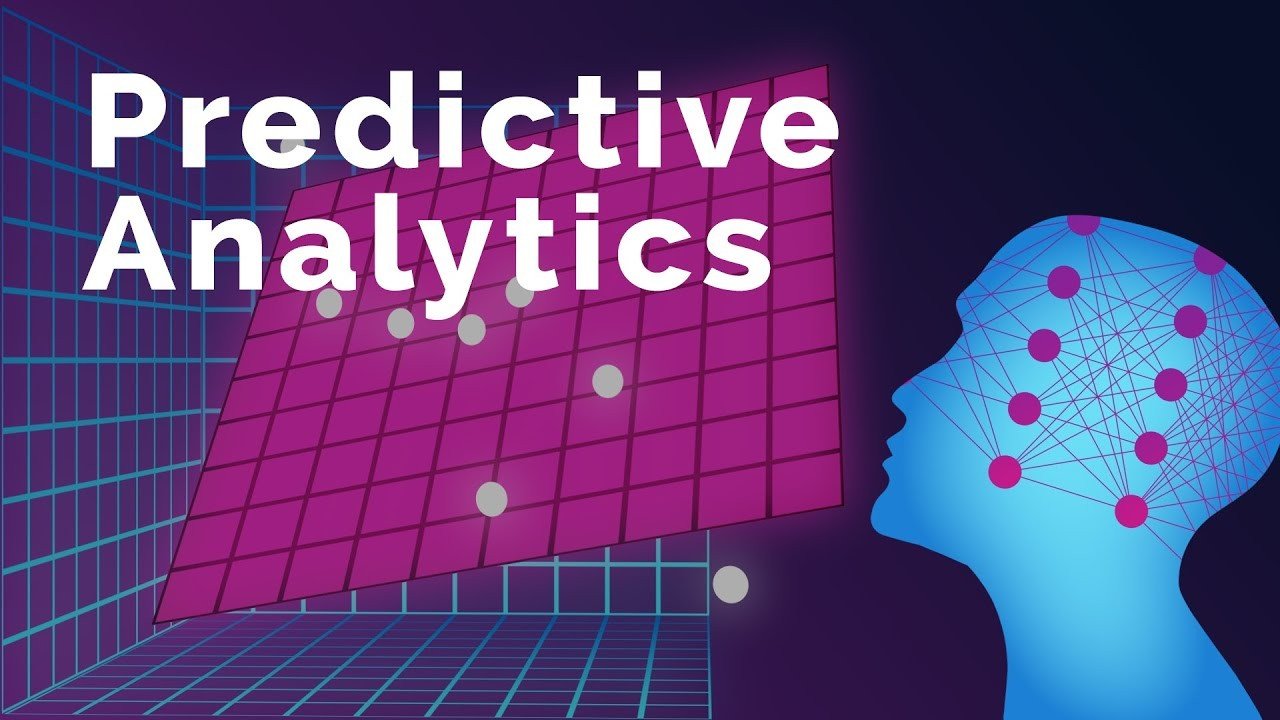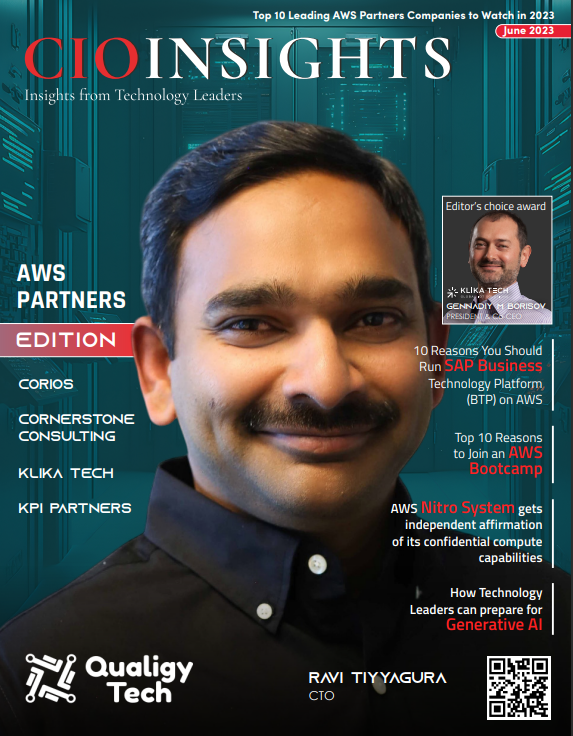The Future of Predictive Analytics

Predictive analytics has come a long way over the years, from simple statistical models to sophisticated machine learning algorithms that can accurately predict future events. With advances in technology, the future of predictive analytics is brighter than ever, providing businesses and organizations with new insights into customer behaviour, market trends, and more.
In this article, we explore the future of predictive analytics and how it will shape industries in the coming years.
Machine learning and the rise of AI
Machine learning and artificial intelligence (AI) are already revolutionizing the way we use predictive analytics. These technologies allow us to quickly and accurately analyze vast amounts of data, identify patterns, and make predictions that would have been impossible just a few years ago.
For example, in the healthcare industry, machine learning algorithms can analyze patient data to predict which individuals are at high risk of developing certain diseases, allowing doctors to intervene early and prevent or manage diseases more effectively. In the financial industry, predictive analytics help identify fraudulent transactions, saving companies billions of dollars each year.
As machine learning and AI continue to improve, expect more accurate and powerful predictive analytics tools to emerge, providing new insights and driving innovation across a wide range of industries.
Importance of data quality
One of the biggest challenges facing predictive analytics today is data quality. The accuracy of predictive models depends on the quality of the data they are trained on, and if the data is incomplete or inaccurate, so will the predictions.
In the future, expect companies to invest in data quality, better data management and cleaning tools to ensure their predictive models are as accurate as possible.
The future of industry-specific predictive analytics
Predictive analytics is already used in a wide range of industries, from healthcare to finance to retail. However, expect even more industry-specific applications to emerge in the coming years.
As predictive analytics continues to evolve, we can expect industry-specific applications to emerge, driving new insights and innovation in many fields.
In conclusion, predictive analytics has come a long way over the years, and with advances in machine learning and AI, its future is brighter than ever. As data quality improves and industry-specific applications emerge, predictive analytics will continue to drive innovation and provide new insights into customer behaviour, market trends, and more. Businesses and organizations that invest in these powerful tools will be well-positioned to thrive in a rapidly changing world.





